A Mudlarking Find linked to a Famous Football Club!
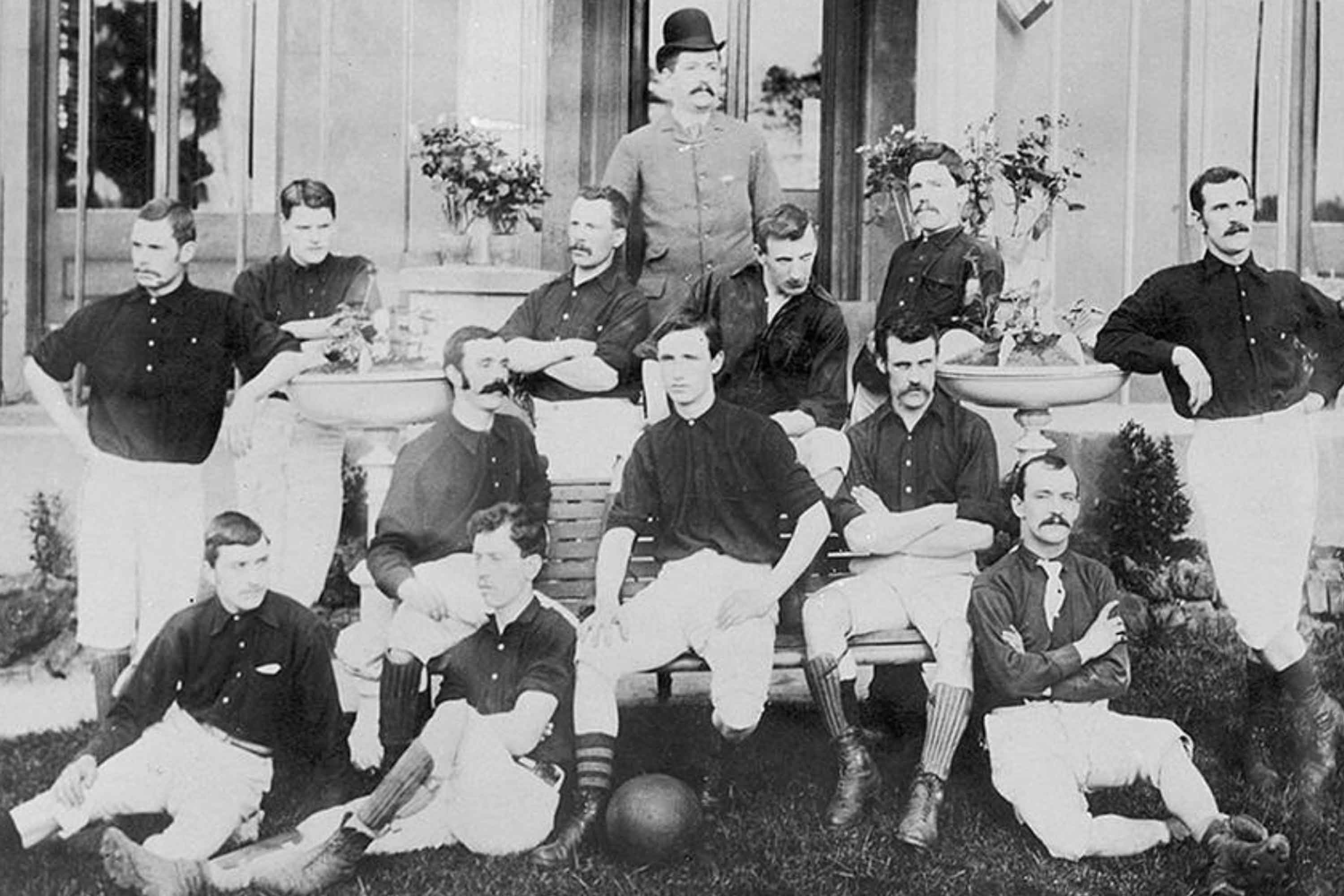
Little did I know when I found this intact codd bottle peeking out of the mud that it would take me to the remains of a football stadium built in the late 19th century for a now rather famous club!
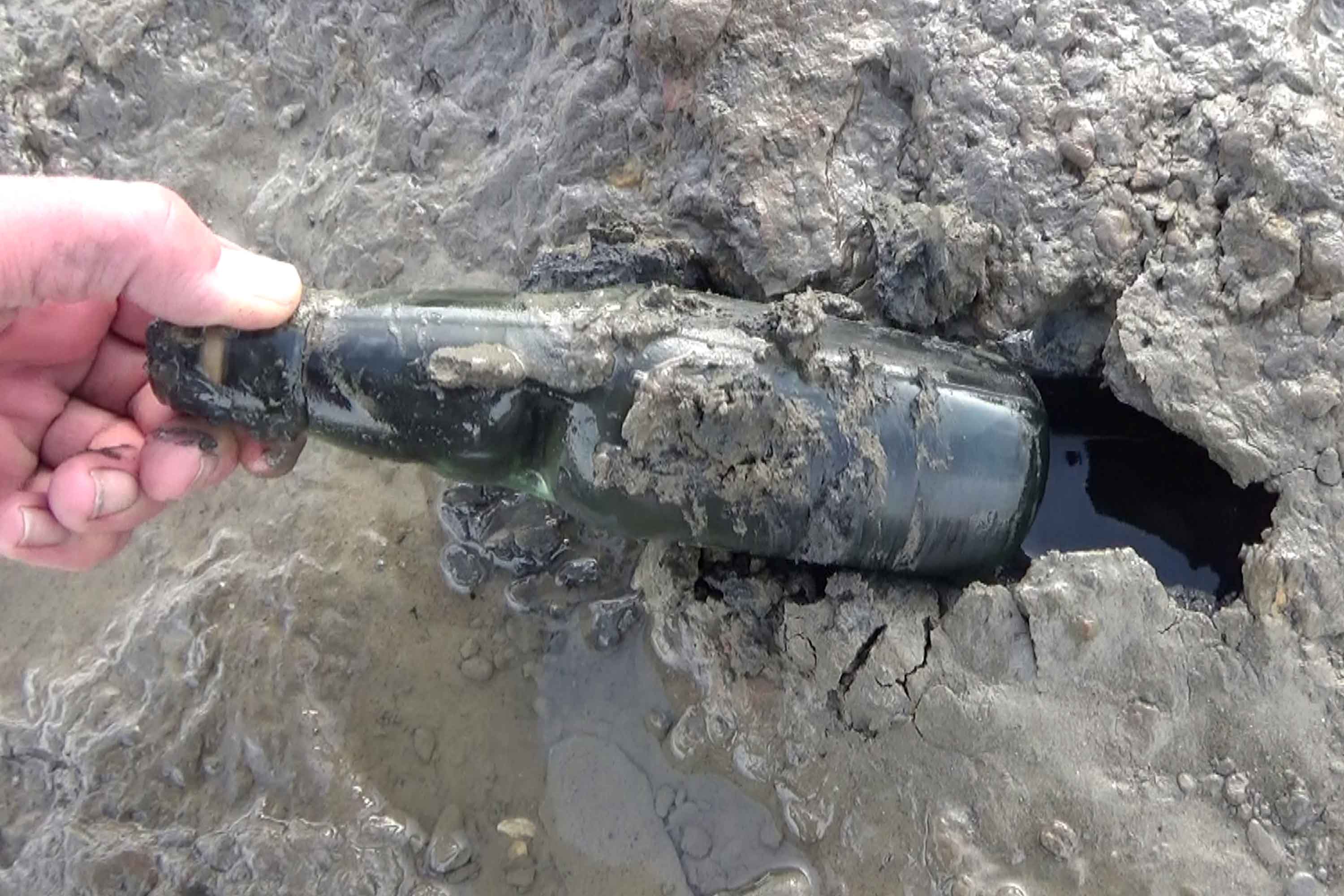
On researching the embossed lettering on the bottle “G. P Weaver – Plumstead” I found myself reading all about the Invicta stadium in Plumstead, South East London. Invicta was Arsenal football club's first real stadium from 1890 to 1893. Well that’s very interesting I hear you say, but how is the bottle related to Arsenal’s football stadium!?
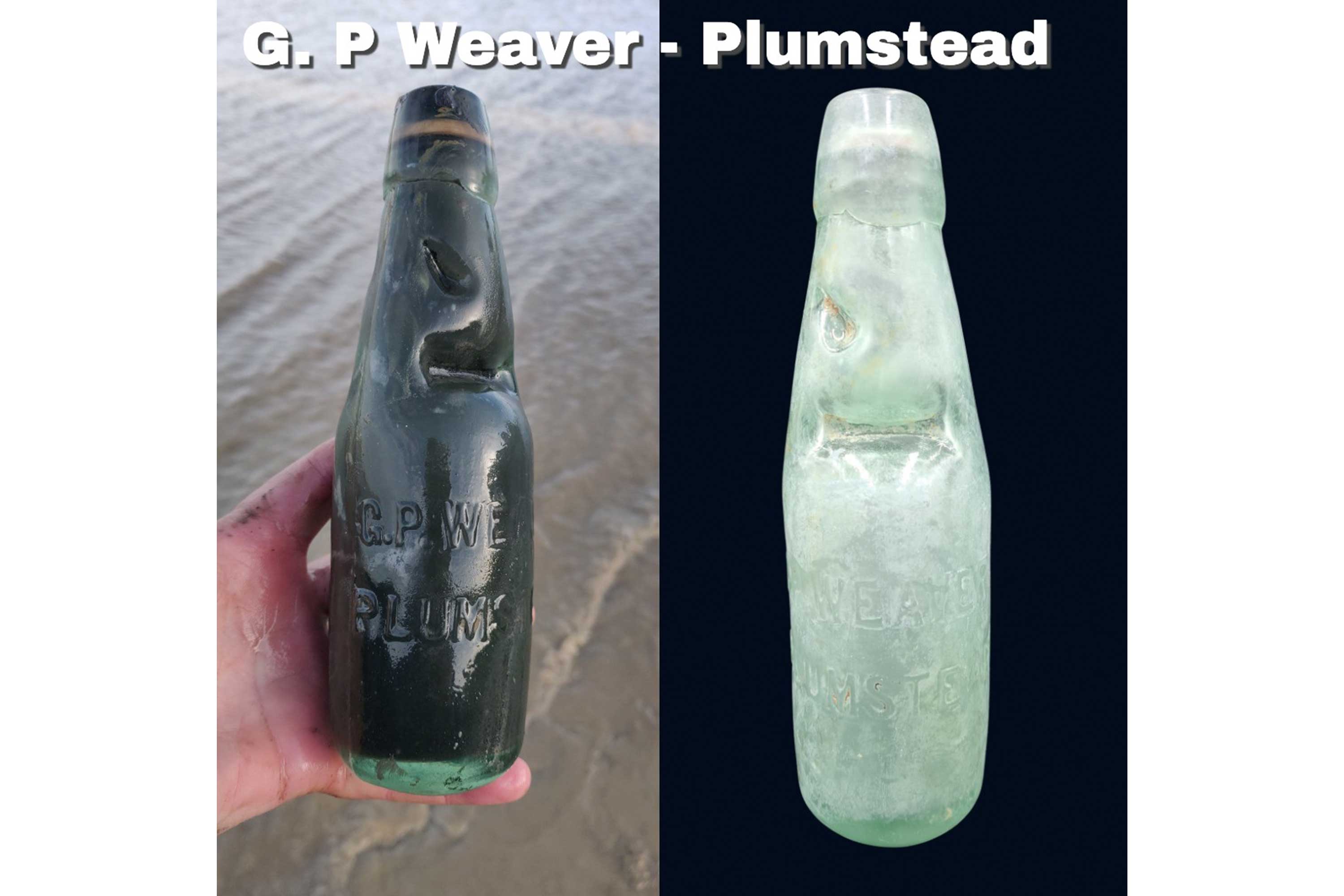
G.P. Weaver (George Pike Weaver) of Plumstead was not only a mineral water manufacturer and a pub magnate, but he actually built Invicta stadium back in 1890 (with the help of fifty men and horses and carts) after buying some land in Plumstead.
He then charged two hundred pounds per year in rent to Arsenal who weren't professional at that time and who moved into Invicta from Manor Ground. All was well for a while, but in 1891 when Arsenal became professional, George Pike Weaver put the rent up to three hundred and fifty pounds per year, and he also tried to take the club over. This didn’t go down well with Arsenal and it wasn’t long before they fell out with George.

Finally, by the end of 1893, Arsenal moved back to their original stadium, Manor Ground. George failed to find another club to rent Invicta to and it fell into disrepair. In 1896 it was demolished and the land redeveloped with housing, which is still there to this day.
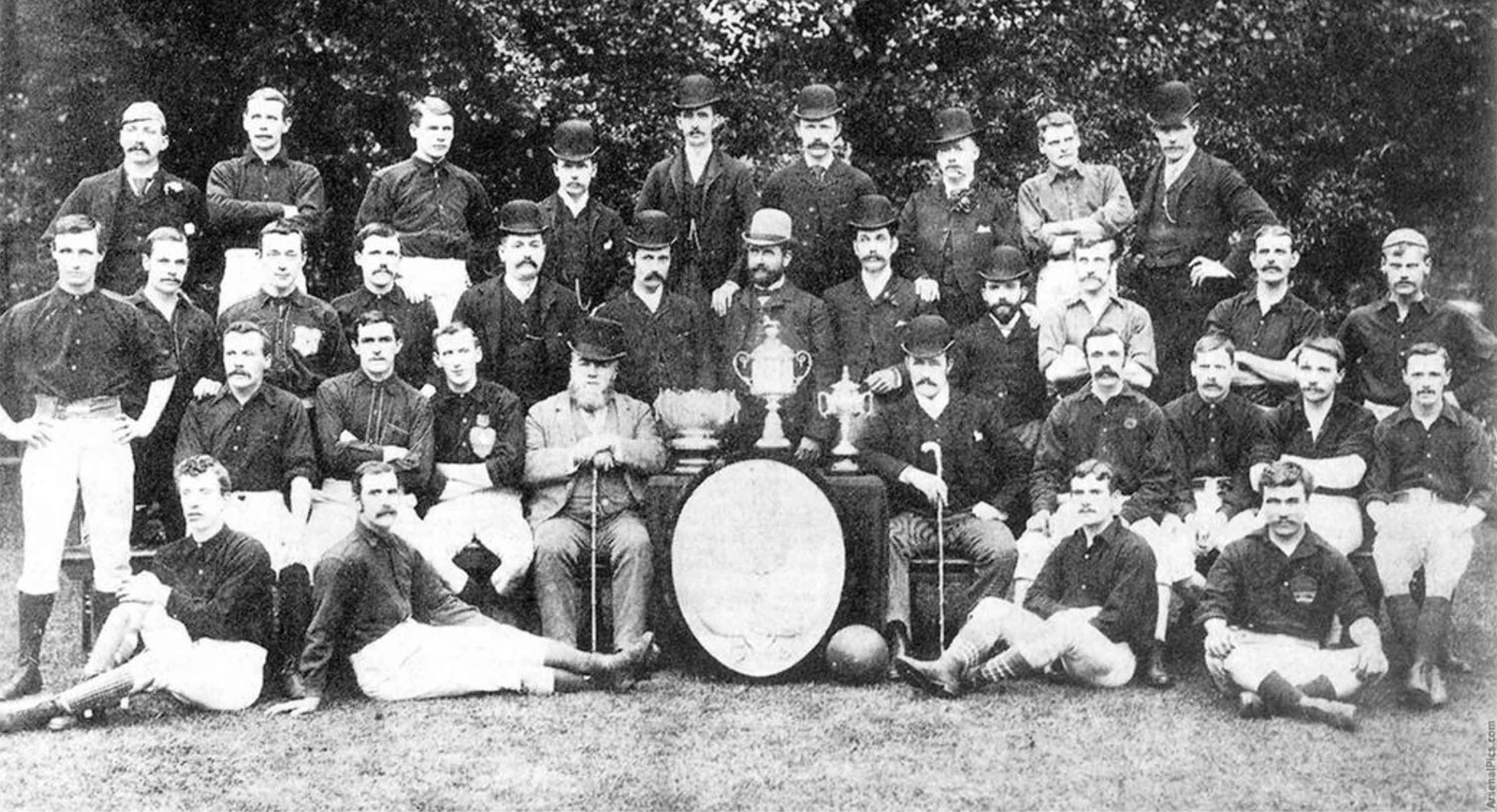
That is not the end of the story though. I was interested to find out that in just a few of the gardens of Plumstead (near Hector Street and Mineral Street - yes, named after Weaver's mineral water), there are some of the original concrete terraces from Invicta- over 130 years old. I set out to find them with my son Angelo. And find them we did - in the garden of a gentleman called Dinesh! After knocking on Dinesh’s door and explaining that we hoped to find and photograph the old remaining terraces, he kindly let us in and showed us what remains of Invicta in his back garden.
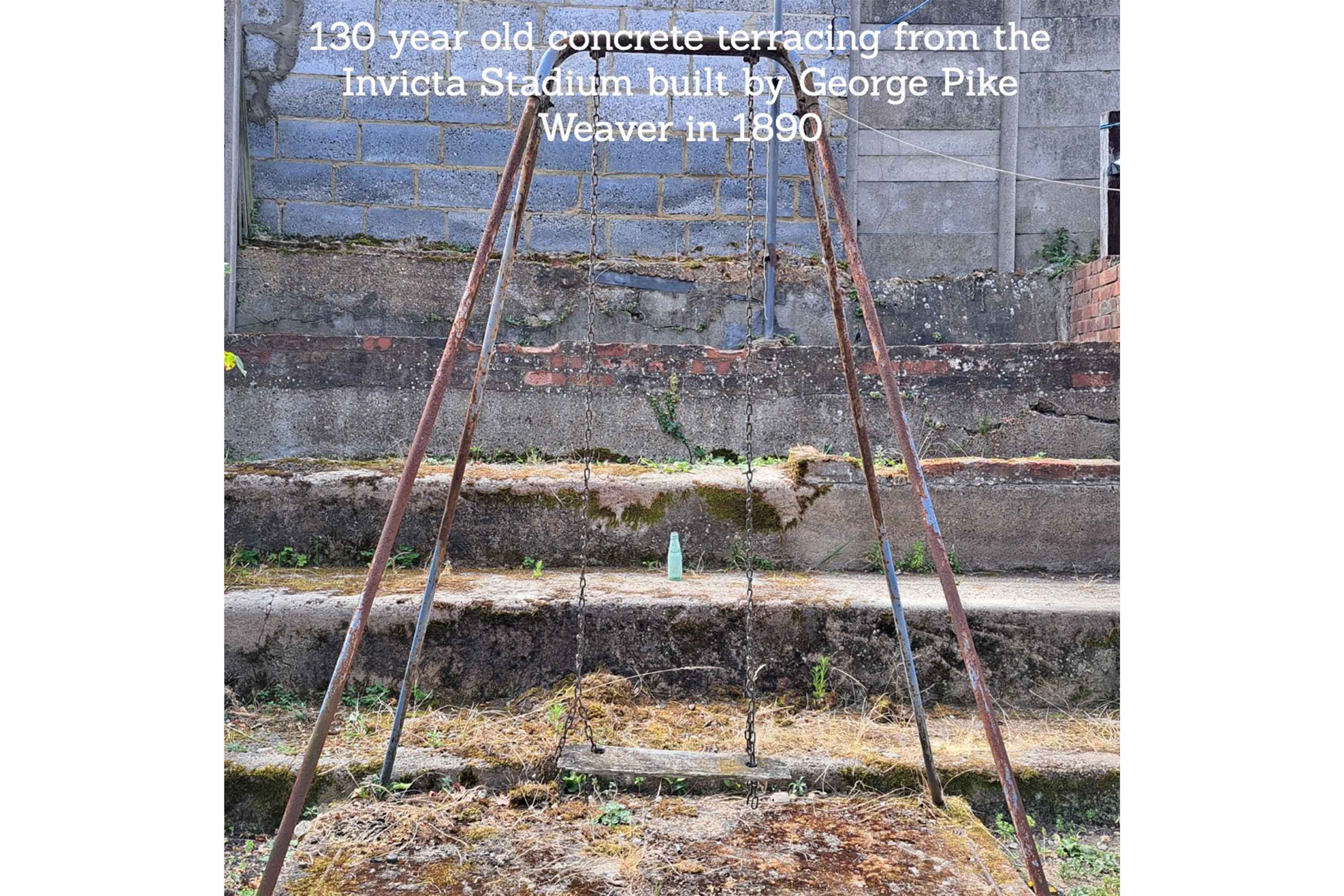
Of course I took George Pike Weaver's mineral water bottle with me to reunite him for a while with the stadium he built back in 1890. You never know where a Thames find will take you. Mudlarking shines a light on these forgotten stories. In this YouTube video https://youtu.be/vDDkWDM8Dwk?si=iH7sEmuVfbiPrcto you can see me find this beautiful little codd bottle and see our visit to Dinesh’s garden! Arsenal has come a long way since Invicta and has moved right across to the other side of London!
About Tideline Art
Meet Nicola White, mudlark and creator of Tideline Art. Nicola regularly posts videos to her YouTube channel, showcasing her incredible treasures and finds. Over the course of the next 12 months, Nicola will be sharing her fascinating stories and finds with us on the Muck Boot blog!
When I first moved to London over twenty years ago from Cornwall, I had no idea that the River Thames would open up such a fascinating and magical world, and that when the tide went out, its muddy banks would reveal to me a wealth of historical secrets and characters from the past. I was used to beachcombing on windswept beaches in Cornwall, but it never occurred to me that something similar might be possible in an urban setting such as London.
Follow Nicola White
Instagram – https://www.instagram.com/tidelineart/?hl=en
Facebook – https://www.facebook.com/NicolaWhiteTidelineArt/
YouTube – https://www.youtube.com/channel/UC2K7yEwPIcPaQT5FM78dpyw
Related Product - https://muckbootcompany.eu/collections/arctic-sport-ii
More on Mudlarking




























Leave a comment